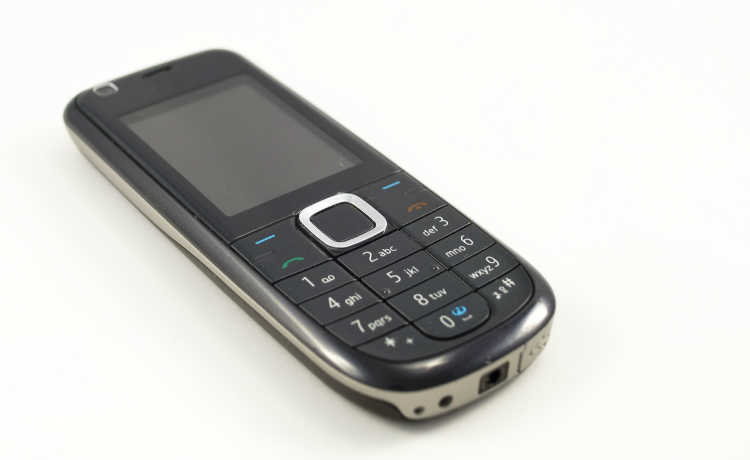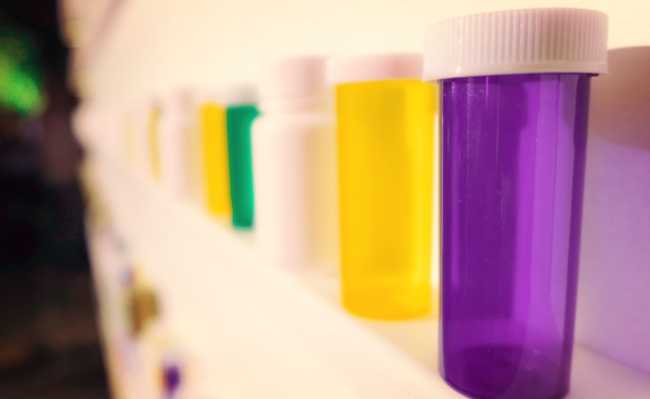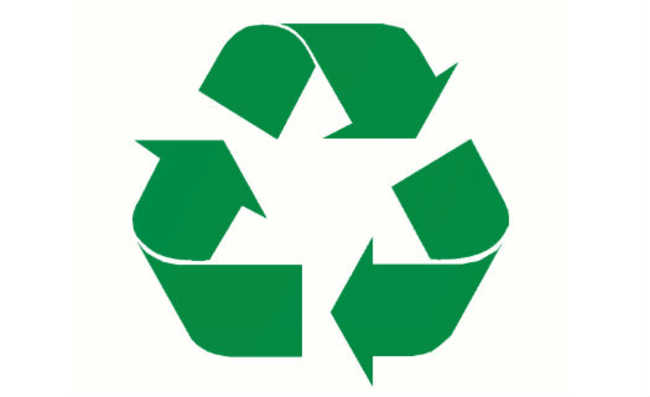What to do with my old cell phone?
It is composed of several materials, including some toxic chemicals. That's why it's important to dispose of your old cell phone correctly.

In 1973, the first cell phone, the Dynatac, appeared. It weighed more than a kilogram, measured 25 centimeters, the battery lasted 20 minutes (and took 10 hours to recharge) and cost $4,000. Since then, the cell phone has undergone several changes and has become a fundamental piece of equipment for many people's lives, which does much more than just calls. The more modern, the greater the amount of new features and the appeal of the design - all of which causes a lot of excitement for new releases on the part of the consumer.
The temptation to change the cell phone for a newer and more modern one is enormous. But this unbridled exchange can cause damage to health and the environment when not carried out in a sustainable and conscious way. That's because a cell phone contains several components. According to the United Nations Environment Program (UNEP), of the 118 chemical elements present in the periodic table, the cell phone contains 43 of them, such as mercury, cadmium and lead, which are toxic metals (discover the toxic components present in electronic devices and the health risks they bring).
In addition to toxic metals, the cell phone is also made up of a housing, a printed circuit board, a battery and a chip. The housing is made of plastic polymers, which can be polycarbonate (PC), polyamide (PA), blends of polycarbonate (PC) and acrylonitrile-butadiene styrene (ABS). There is also the printed circuit board (PCI), which are microprocessors with memory functions (it is the "brain" of the cell phone). About 24% of the materials present in this plate are ceramic, such as silica, alumina, mica and barium titanate, 12.7% are polymers and 63.3% are metals. According to a study, the main metals found are: copper, iron, aluminum, tin, tantalum, gallium, gold, silver, chromium, mercury, cadmium, zinc, nickel and lead.
The big problem with PCI is the soldering made of lead, an element that is harmful to health and harmful to the environment. For this reason, cell phone manufacturers are adopting a new alloy in the manufacture of these plates, the lead-free, which is composed of tin, silver and copper.
Batteries
The most common cell phone battery systems are:
Nickel/cadmium battery
It is the oldest battery model, created in 1899. It has a low cost, short lifespan, lower charge capacity and a "memory effect" problem, that is, the battery understands that it is fully charged and fails to charge, even with a low charge level. It is in disuse as it is not very efficient and contains cadmium, a toxic contaminant.
Metal Hydride/Nickel Oxide Battery
It has some advantages such as lower pollution potential, higher energy density (can store more energy than nickel/cadmium) and delay to discharge. Furthermore, in this type of battery there is less chance of “memory effect” occurring.
Lithium Ion Battery
Latest technology being used in most devices. Understand the working process.
How to recycle?
According to the State Foundation for the Environment (FEAM), incorrect disposal of electronic materials can harm health and the environment, causing soil and water pollution; when incinerated, they can emit toxic gases.
When the cell phone is discarded at collection points, it goes through a series of processes. Initially, they go through a computer that sorts, separating the equipment that is in use condition, which can be donated, from the equipment that cannot be reused. Soon, the cell phones are disassembled and the housing, battery and PCB are separated. Each of these components has a specific destination.
Then, a different destination is given for the toxic components compared to the non-toxic ones. Toxic components are placed in tanks, and non-toxic ones are crushed and sold to other countries that have metal extraction technology.
Brazil is one of the leaders in the disposal of waste electrical and electronic equipment (WEEE) – according to UN estimates, a city like São Paulo produces around 5.5 thousand tons of electronic waste per year. But, unfortunately, the country is not at the top of the list of countries that correctly dispose of this type of waste. The reasons for this are due to the incipient dissemination of recycling programs and collection points, as well as the lack of technology for recycling this type of waste. In Brazil, for example, there is still no cell phone recycling industry, so the companies that collect these devices first carry out a pre-processing of these and then sell the material to foreign recycling companies.
Based on the reverse logistics of the National Solid Waste Policy (PNRS), manufacturers, importers, distributors and traders must collect the remaining products and waste after use, providing an environmentally appropriate final destination. Therefore, mobile operators and manufacturers must accept off-line mobile device models. In addition, there are already collection boxes in the city hall, supermarkets, banks, universities and other places. To start this long process of recycling and reuse, just dispose of the device in these places.
If there are no collection boxes in the aforementioned places and you want to know where to dispose of an old cell phone in your city, you can also use our collection service at home. But remember, always opt for conscientious disposal, respecting the environment!










